Audacity 3.2 released
When it comes to open source audio editing software, Audacity is the software package your ‘umble scribe has been using and recommending to others for over a decade and a half.
The latest minor point release for the software – to version 3.2 – nevertheless brings some major new features, including real-time effects. Furthermore, the package will now run natively on Apple’s Silicon Macs, according to German IT news website heise, whose headline rates it as ‘Genuine competition for commercial audio software‘.
Audacity was first released in 22 years ago and since then it has made major strides towards becoming a fully-fledged end-to-end production tool for everyone who works with audio, from multi-track recording and editing to podcast production, i.e. a complete digital audio workstation (DAW).
The new version press release states that the Audacity team has been working hard to empower audio creators with the following highlights of this release: real time editing capabilities, VST3 plugin support and sharing, the latter via Audacity’s new audio.com sister service.
For a full list of changes in Audacity 3.2, read the release notes.
Audacity is available for download for Linux, Mac and Windows and your correspondent is awaiting the new version’s arrival in the Debian GNU/Linux software repositories.


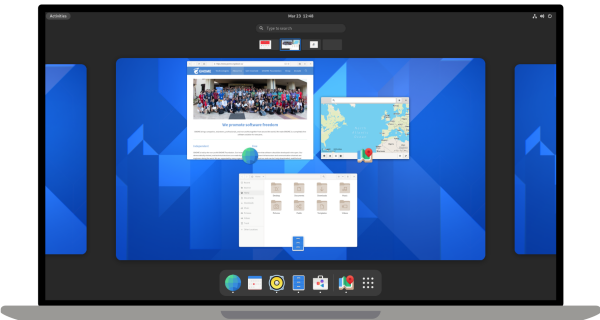
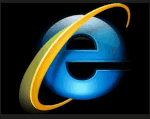 Two days ago (and not before time. Ed.)
Two days ago (and not before time. Ed.) 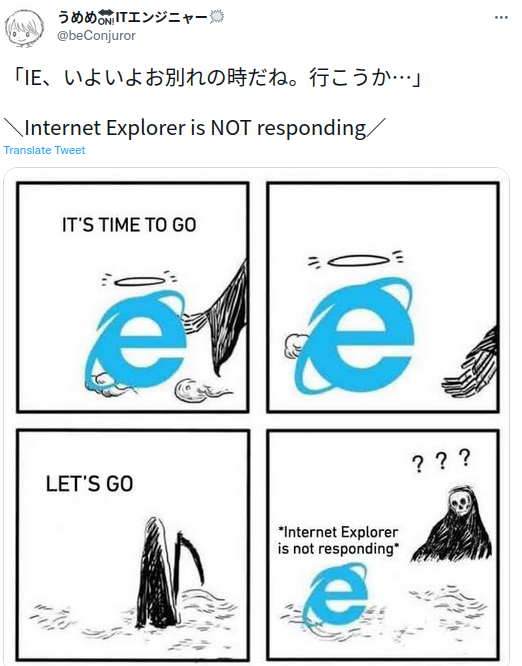
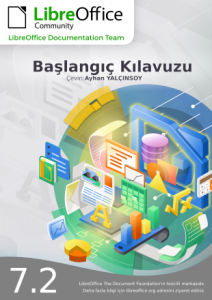
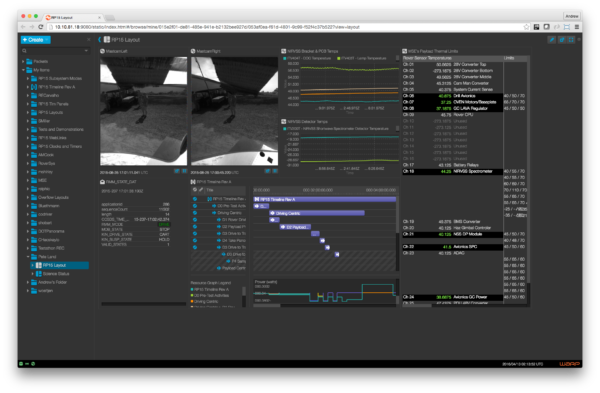


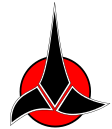 Klingon is of course well known to lovers of the US science fiction Star Trek media franchise created by Gene Roddenberry as the language of the alien race of the same name and created by US linguist
Klingon is of course well known to lovers of the US science fiction Star Trek media franchise created by Gene Roddenberry as the language of the alien race of the same name and created by US linguist 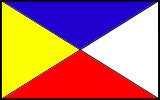 Interslavic is a pan-Slavic auxiliary language whose purpose is to facilitate communication between people from different Slavic nations, as well as allowing those who do not know any Slavic language to communicate with Slavs by being understandable to most, if not all Slavic speakers without them having to learn the language themselves.
Interslavic is a pan-Slavic auxiliary language whose purpose is to facilitate communication between people from different Slavic nations, as well as allowing those who do not know any Slavic language to communicate with Slavs by being understandable to most, if not all Slavic speakers without them having to learn the language themselves.